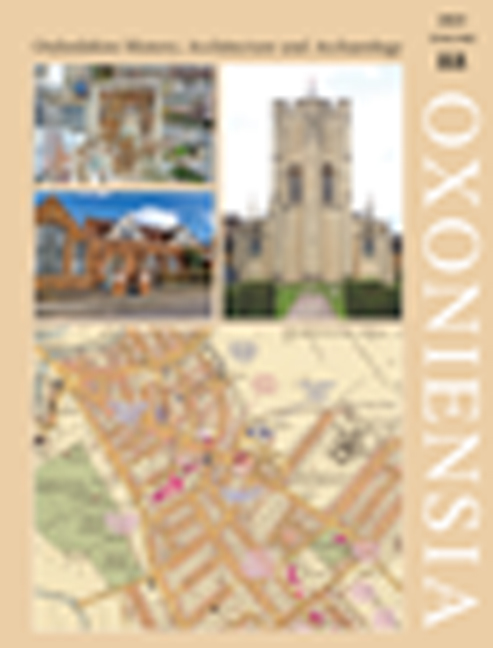The Uffington White Horse Complex as a Winter Solstice Sunrise Observatory
Published online by Cambridge University Press: 15 May 2024
Summary
SUMMARY
The Uffington White Horse is a well-known and unique prehistoric chalk hill figure. It was mentioned in the Middle Ages and celebrated in the eighteenth and nineteenth centuries but only reliably dated in 1996. Its purpose remains unknown. Theories have included that the horse figure was either a tribal emblem or was influenced by the horse symbols depicted on early British Iron Age coins, buckets and pots, or else that it commemorated an Anglo-Saxon victory over the Danes. This new analysis demonstrates the hill figure’s intimate relationship with the winter solstice sunrise, identifying its functionality as a prehistoric winter solstice observatory of some sophistication. The likely evolution of this role over time within its landscape context is described and documented astronomically.
The Uffington White Horse is the largest ancient hill figure in Europe and the first scientifically dated example existing in Britain. It is a dynamic figure aligned with the rising Sun, galloping uphill on the shoulder of the eponymous Whitehorse Hill towards its summit immediately to the south. While long recognised as the somewhat abstract representation of a horse, the hill figure is also unnaturally elongated, closely paralleling the rising visible horizon of the hillside. The figure extends 110 metres by 33 metres across the scarp of the downs in an open and visually prominent setting. Its construction – as a carefully delineated, largely linear excavated profile, cut into the hillside and filled with imported and compacted chalk – has been dated by optically stimulated luminescence testing to between 1740 and 210 BC with 95 per cent confidence (Fig. 1).
The figure forms part of a cluster of archaeological and landscape elements south of the village of Woolstone: the White Horse itself, the Whitehorse Hill summit, the Long Mound and Round Barrow, Woolstone Wells and Dragon Hill. These are located between the Ridgeway and the Icknield Way, two ancient trackways which closely approach each other at this point. In addition, there are two nearby enclosures, Uffington Castle, a prominent late Bronze Age/ early Iron Age hill fort on Whitehorse Hill, actively used until the Romano-British period, and Hardwell Camp, further down the scarp to the west (Fig. 2).
Referred to in the twelfth century as fifth in a list of the Wonders of Britain, the White Horse was evidently then already recognised as being a well-established feature of the landscape.
- Type
- Chapter
- Information
- Oxoniensia 88 , pp. 1 - 16Publisher: Boydell & BrewerFirst published in: 2024



